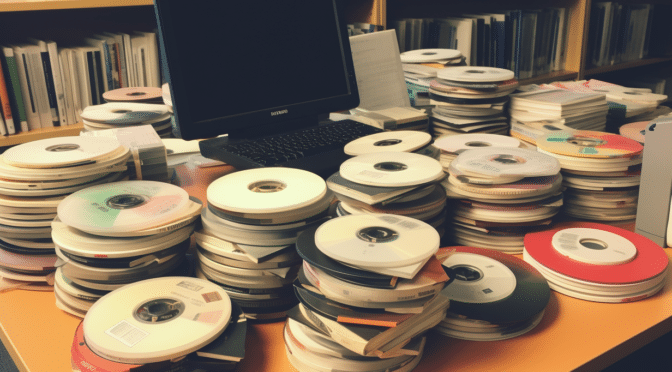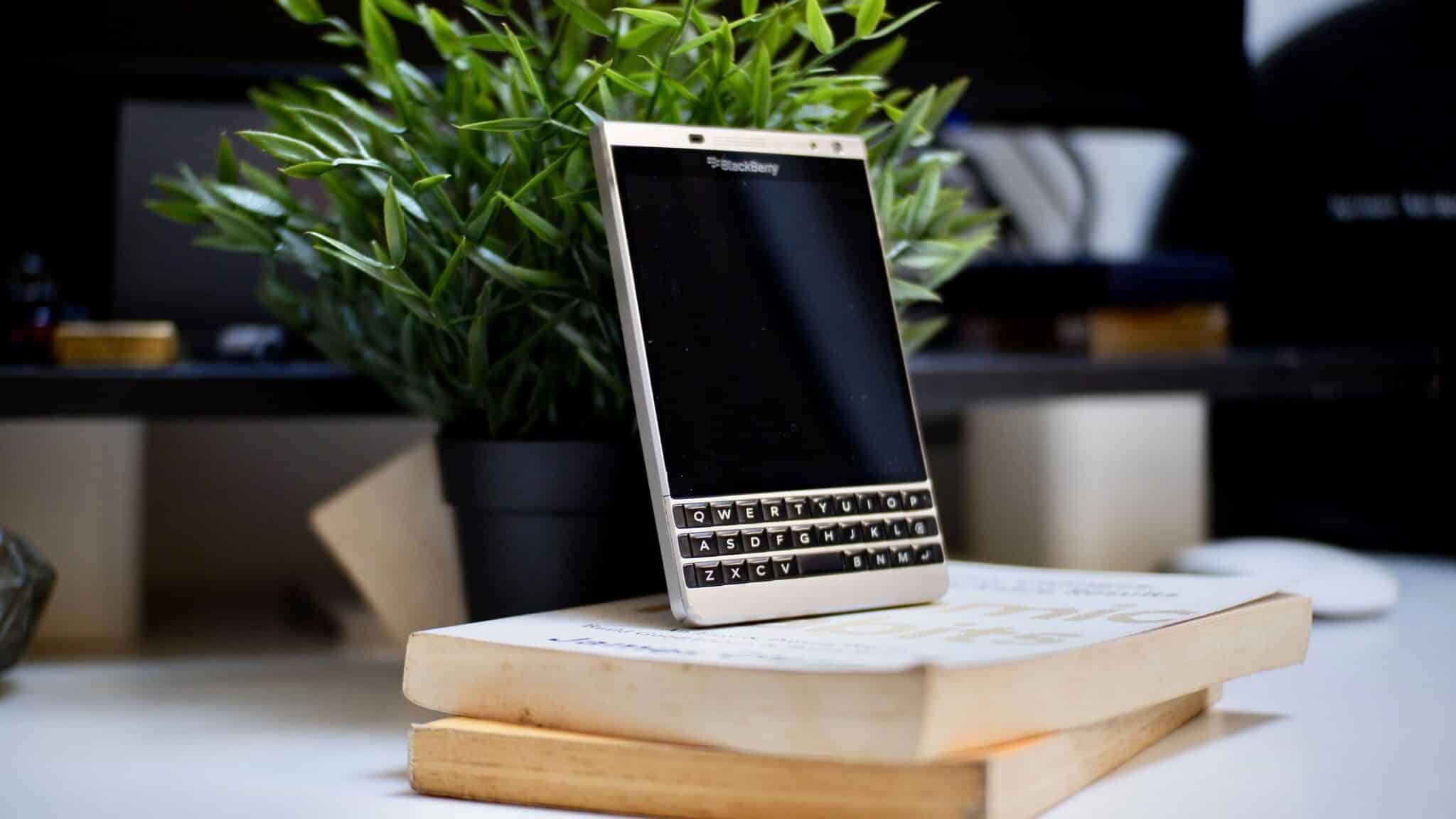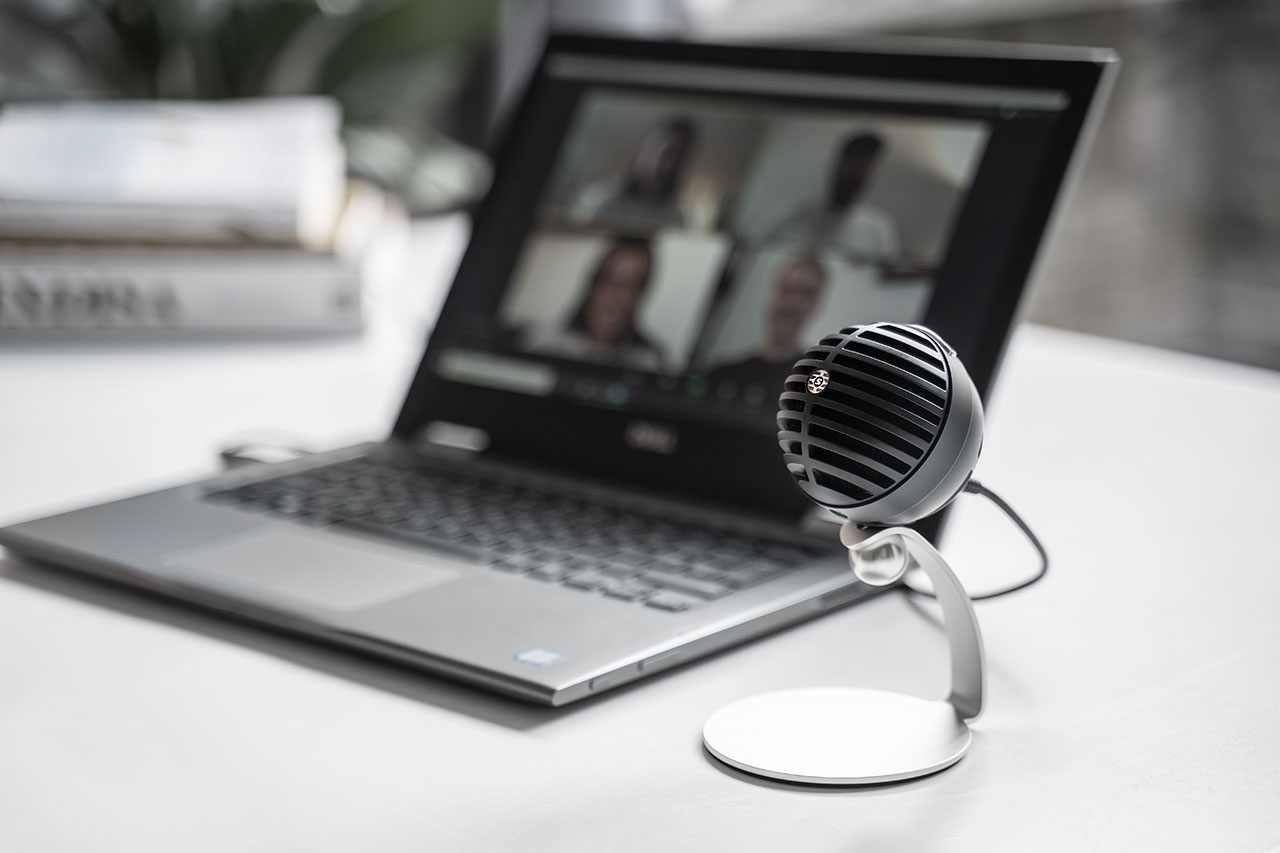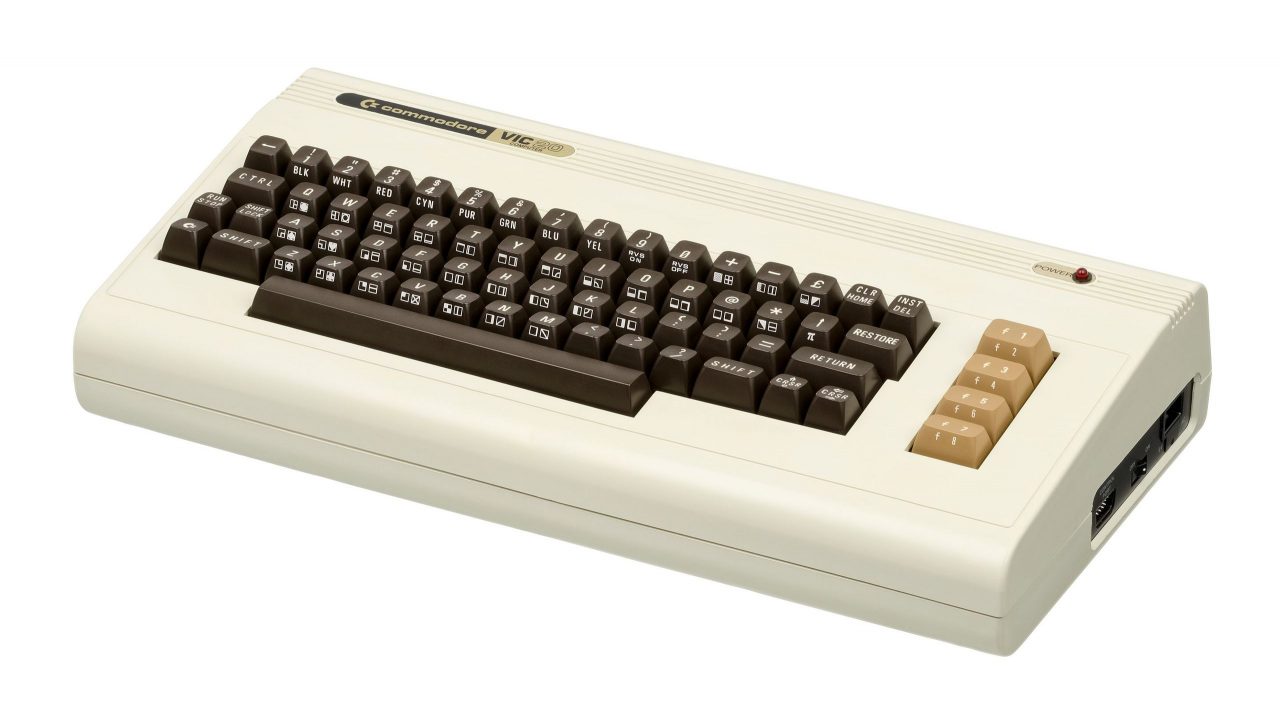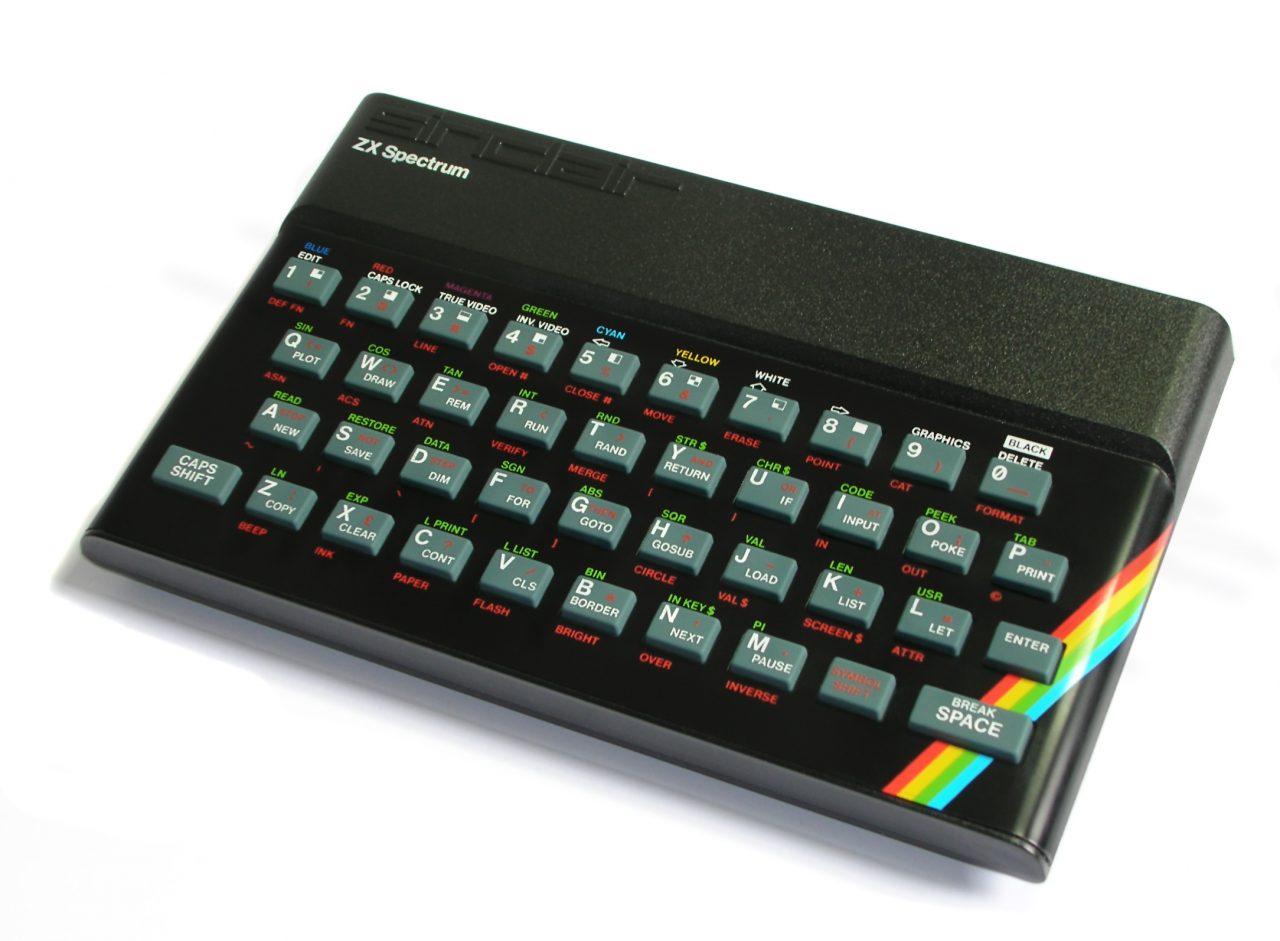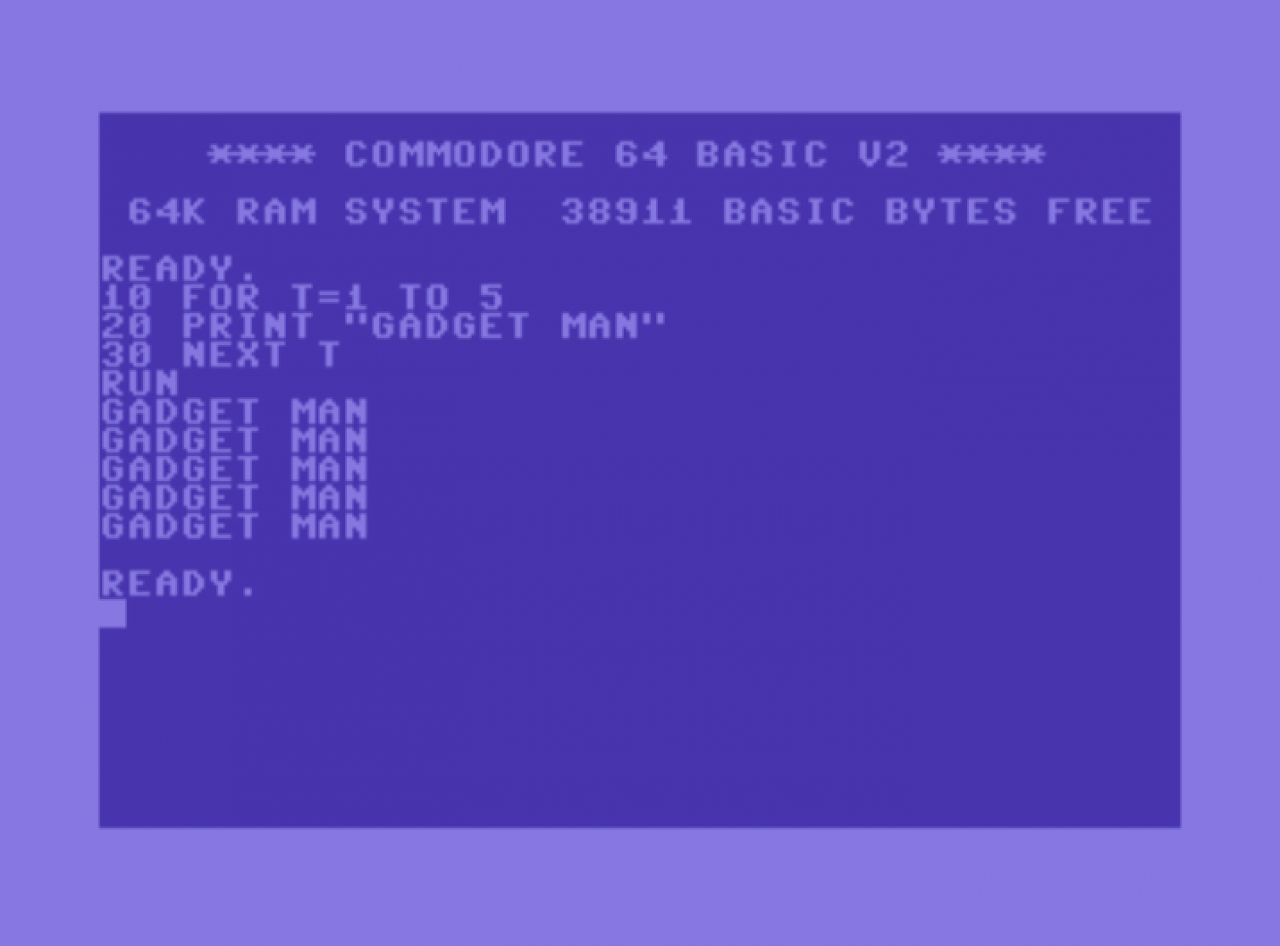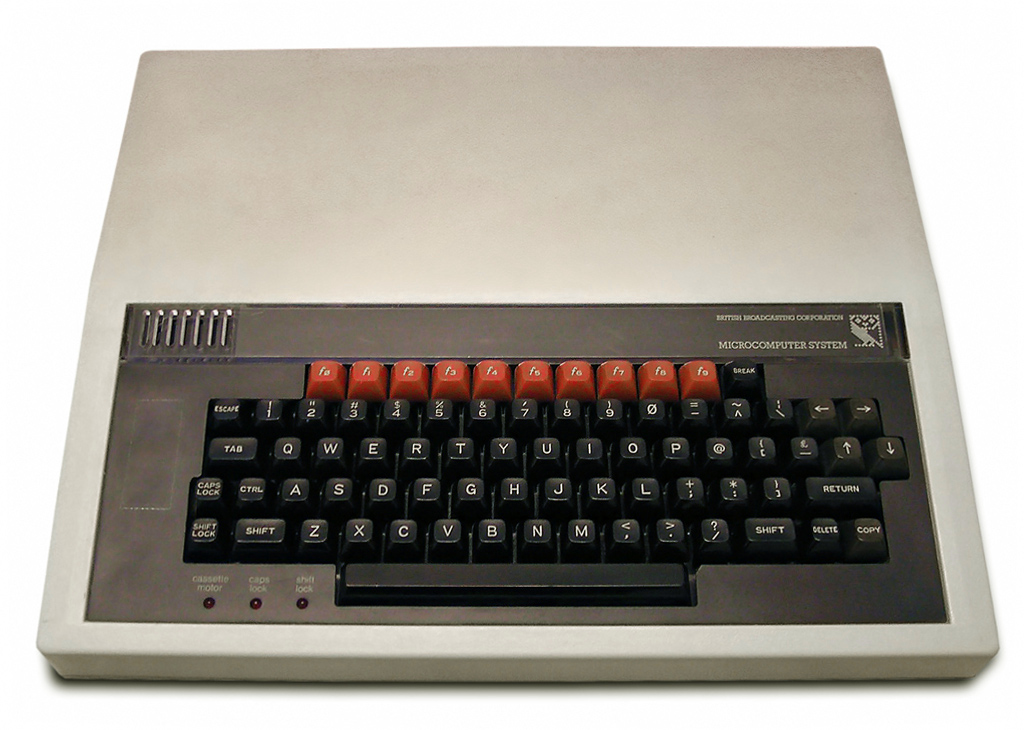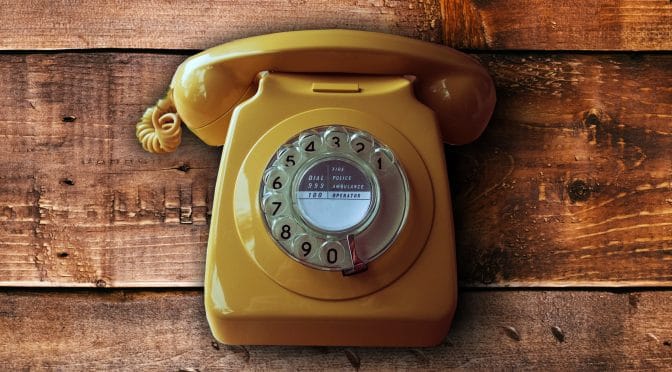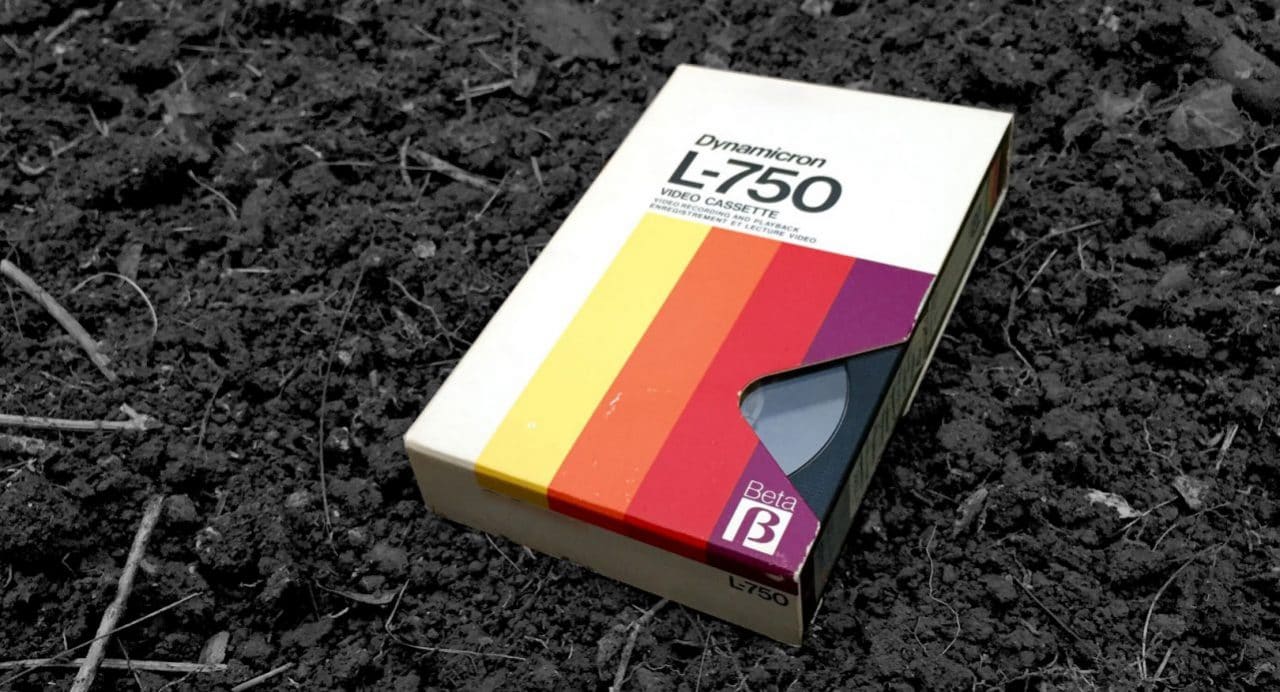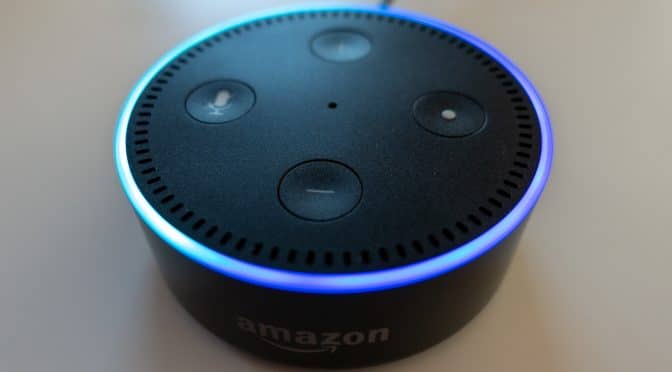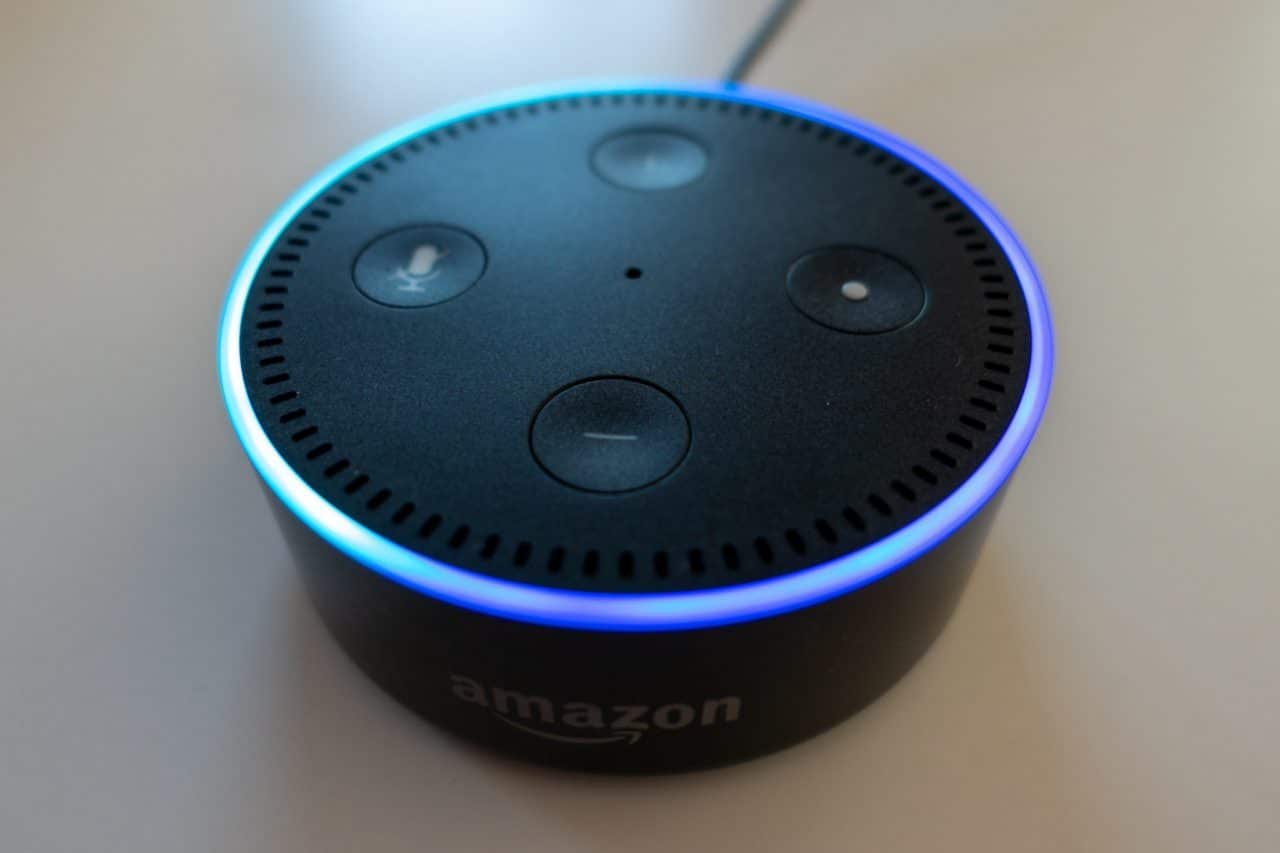Do you love gaming but now find yourself wishing that it could be more fun? You are not alone. It is a situation that many people find themselves in. This is despite the fact that graphics and tech capabilities are greater than ever.
So, how can you restore the fun factor to your gaming activities? Here’s all you need to know.
Win Money
If you play modern titles, you’ll be familiar with in-game purchases. Players often spend more money on them than they do on the game itself. However, you can now grab free spins on registration at casino and bingo sites. Rather than paying out more money to play a game you’ve already paid for, you could win money.
The financial rewards are great. In truth, though, the thrill of winning gives you a dopamine hit that most video games no longer do. Another way to earn money from gaming is to enter tournaments or play eSports.
Play Retro Games
When playing today’s games, it feels like all features are aimed at microtransactions and long-term investments. Back in the day, games had a “pick up and play” quality. Retro games ranging from Pac-Man to popular platformers of the 80s and 90s are far simpler. You can play for an hour and then not worry about them.
You don’t need to dedicate half of your life to the game. You simply have some fun for the duration of play before doing something else. This more balanced approach to gaming will enhance your life in and out of those activities.
Focus On The Fun
Whether playing retro games or modern titles, the focus should be on fun. There’s no need to worry about completing a game to 100% of doing things a certain way. It’s meant to be a recreational activity. So, don’t be afraid to embrace cheats or skip sections that you don’t want to do. The aim is to have fun.
Similarly, there should be no pressure to keep playing a game beyond the point you want. If you’ve completed the main story and want to try another title, go for it. This has to be a smarter move than boring yourself just to keep up with other gamers.
Invite Friends Over
When you think about all the fun you had playing games in yesteryear, it’s not just about the great titles. In truth, the company you shared those moments with was an equally key factor. While jumping in a Call of Duty online lobby is great, there’s nothing like being in the same room as friends. Do not ignore it.
It’s not something you’ll do as often as you did in your youth. Still, inviting pals over to play games and have some snacks is great fun. And it’s certainly cheaper than a night out on the town. Embrace it.
Combine Gaming With Another Love
The one thing that we do love about modern gaming is that it opens the door to doing things your way. Therefore, you may find that streaming or content creation is the perfect way to rediscover your love of gaming. Not least because it encourages you to join the community and find people with similar interests.
Or your love of gaming could be combined with creative writing, films, or other entertainment. The options are endless. And if you can alter your approach to rediscover a love of gaming, it has to be worthwhile.


